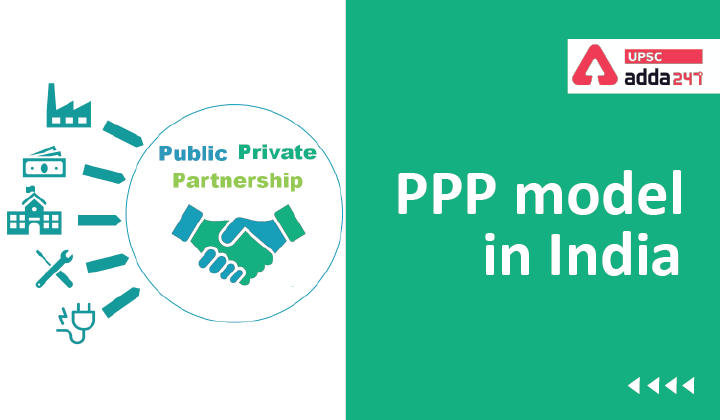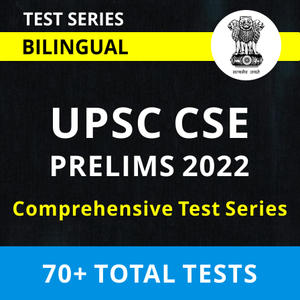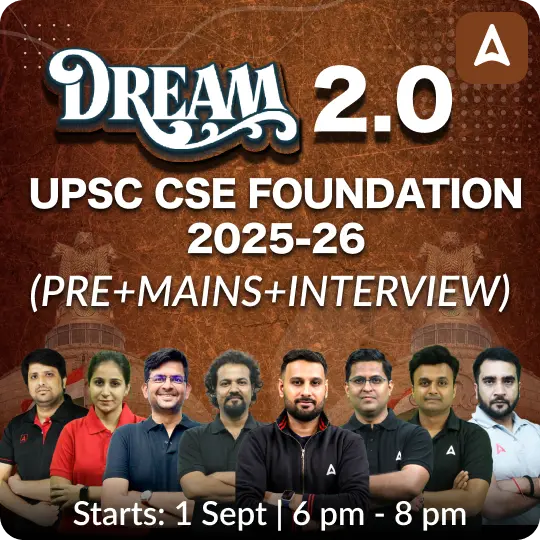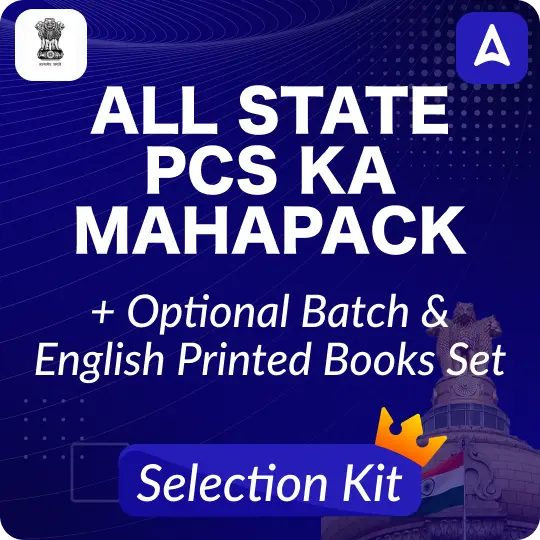Table of Contents
PPP model in India
PPP model UPSC is an important topic for IAS exam. The questions, from this section, can be asked in both Prelims and Mains. It is an important topic of UPSC Paper-3 syllabus and the aspirants must understand it comprehensively for a thorough understanding.
PPP model meaning
- Public Private Partnerships (PPP) is a funding model for a public infrastructure project that involves collaboration between a government agency and a private-sector company.
- PPP model example: PPP can be used to finance, build, and operate projects, such as public transportation networks, any infrastructure building work or even parks.
- While the public partner is represented by the government at a local, state and/or national level, the private partner can be any privately-owned business, public corporation with a specific area of expertise.
- PPPs offer the public sector potential cost, quality and scale advantages in achieving infrastructure service targets.

Benefits of PPP
- Access to private sector finance: PPP projects often involve the private sector arranging and providing finance, which frees the public sector from the need to meet financing requirements from its own revenues (taxes) or through borrowing.
- Higher efficiency in the private sector: The allocation of risk and the associated performance rewards and penalties create incentives in the PPP contract that encourage the private partner to achieve efficiency at each stage of the project and to introduce efficiency improvements where possible.
- Increased transparency in the use of funds: A PPP policy framework usually includes the creation of an oversight agency such as the PPP Cells already created at the Centre and in many States in India. These agencies often have an MIS role and can help improve the transparency of PPP procurement.
Different models of PPP
- PPP involves models like Build-Operate-Transfer (BOT), Build-Own-Operate (BOO), Build-Operate-Lease-Transfer (BOLT), Design-Build-Operate-Transfer (DBFOT), Operate-Maintain-Transfer (OMT), Toll-Operate-Transfer (TOT), Hybrid Annuity Model (HAM) and Engineering, Procurement and Construction (EPC).
Let us understand each of them in brief.
Build-Operate-Transfer (BOT)
- Under this model, private partner is responsible for the design, building, operation (during the contracted period) and transferring back the project to the public sector.
- Here, private sector brings in the money and collects user fees for the period decided beforehand in the agreement.
- Example: Projects like National Highways.
Build-Own-Operate (BOO)
- Under this model, ownership of the newly built facility will rest with the private party.
- The private-sector partner finances, builds, owns and operates the infrastructure component in perpetuity.
- On the other hand, public sector partner agrees to ‘purchase’ the goods and services produced by the project.
Build-Own-Operate-Transfer (BOOT)
- In this variant of BOT, project is transferred to the government or to the private operator.
- The private-sector partner is granted authorization to finance, design, build and operate an infrastructure component (and to charge user fees) for a specific period of time, after which ownership is transferred back to the public-sector partner.
Build-Operate-Lease-Transfer (BOLT)
- In this model, the government gives a concession to a private entity to build a project (and possibly design it as well), own it, lease it to the public sector and then, at the end of the lease period, transfer the ownership of the project to the government.
Design-Build-Operate-Transfer (DBFOT)
- Under this model, the private party assumes the entire responsibility for the design, construction, finance, and operate the project for the period of concession.
Operate-Maintain-Transfer (OMT)
- Under this model, the private party typically operates the facility, performs routine and non-routine maintenance and also provides training in the operation and maintenance of the facility until the role can be handed over to the government.
- For example, on industrial plant projects, where a high level of operation and maintenance skill is required.
Toll-Operate-Transfer (TOT)
- Under this model, national highway projects are monetized where investors make a lump sum payment, and in return, they get a right for long-term (typically 30 years) toll collection.
- This model is more attractive for investors as they don’t have to build an infrastructure project from scratch.
- As per the amendment in 2019, any PPP funded projects that are operational for more than a year are eligible for monetization through TOT model.
Engineering, Procurement and Construction (EPC)
- Under this PPP model, the procurement of raw material and the construction costs are completely borne by the government.
- The private sector’s participation is minimum and is limited to the provision of engineering expertise.
Hybrid Annuity Model (HAM)
- HAM is a mix between the existing two models – BOT Annuity and EPC.
- As per this model, the government will contribute to 40% of the project cost in the first five years through annual payments (annuity). The remaining 60% will be made on the basis of the assets created and the performance of the private player.
- As the government pays only 40%, during the construction stage, the private player has to arrange money for the remaining amount.
- Under this model, there is no toll right for the private player.
FAQs
Q. What is PPP full form?
Ans. The PPP full form is Public Private Partnerships
Q. What is HAM model UPSC?
Ans. As per this model, the government will contribute to 40% of the project cost in the first five years through annual payments (annuity). The remaining 60% will be made on the basis of the assets created and the performance of the private player.
Q. What is EPC model UPSC?
Ans. Under this PPP model, the procurement of raw material and the construction costs are completely borne by the government.
Also Read:



 TSPSC Group 1 Question Paper 2024, Downl...
TSPSC Group 1 Question Paper 2024, Downl...
 TSPSC Group 1 Answer key 2024 Out, Downl...
TSPSC Group 1 Answer key 2024 Out, Downl...
 Cabinet Ministers of India 2024, New Cab...
Cabinet Ministers of India 2024, New Cab...







